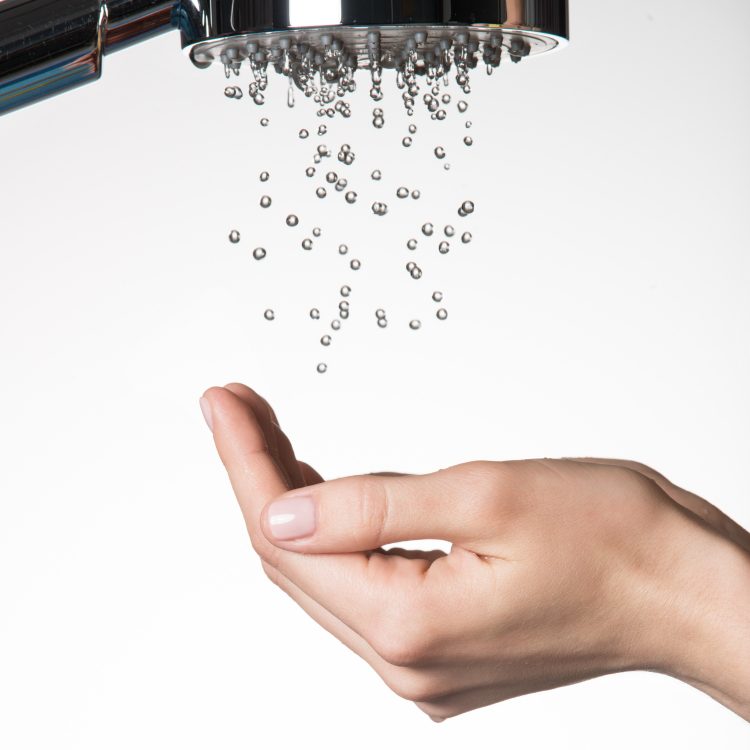Every day begins and ends with the comfort and functionality of your shower, making it one of the most crucial parts of home life. Recognizing the signs that it’s time to replace your shower faucet is key to maintaining that daily ritual.
Whether it’s due to persistent leaks, rust, or simply a desire for an updated look, this guide will walk you through each step of the replacement process – from the initial assessment to the final touches on your new installation.
Assessing the Need for Replacement and Preparing for the Task
The first step towards replacing your shower faucet is recognizing the need for one. Common signs include visible damage to the faucet, leaks that persist despite repairs, or a shower experience hindered by poor water pressure that’s not attributable to other plumbing issues.
Tools Required:
Before you begin, ensure you have the following tools at hand:
- Adjustable wrench
- Screwdrivers (Phillips and flat-head)
- Plumber’s tape
- Pipe wrench
- A new shower faucet (more on choosing this later)
Removing the Old Shower Faucet
Removing an outdated or malfunctioning shower faucet can present various challenges, such as dealing with corrosion or managing complex connections. Follow these steps carefully to avoid any plumbing mishaps:
- Turn Off the Water Supply: This step is crucial to avoiding a surprise shower. Ensure that the water supply to your bathroom is fully shut off.
- Remove the Faucet Handle: Faucet handles are typically secured with screws. Using your screwdriver, remove these screws and carefully take off the handle.
- Unscrew the Trim and Collar: Using your wrench, loosen and remove the trim and collar from the shower’s wall.
- Remove the Valve: With the trim off, the shower valve should be exposed. Using a pipe wrench, gently remove the valve. This may require some effort if the valve is corroded to its housing.
Choosing a New Shower Faucet
Selecting a new shower faucet involves more than picking a style that matches your bathroom’s aesthetic. Consider these factors:
- Compatibility: Ensure the new faucet fits the existing plumbing setup. This might require some research or a quick consultation with a professional.
- Type and Style: Single-handle, dual-handle, and thermostatic mixing valves offer different experiences and control over water flow and temperature.
- Features: Modern faucets may include water-saving features, temperature memories, and anti-scald technology.
Installing the New Faucet
Now, the moment you’ve prepared for – installing your new shower faucet.
- Wrap Plumber’s Tape: Before installing the new valve, wrap plumber’s tape around its threads to ensure a watertight seal.
- Install the Valve: Carefully thread the new valve into place, tightening with a wrench but ensuring not to over-tighten as this could damage the pipes.
- Attach the Trim and Handle: Following the manufacturer’s instructions, install the new trim and handle, ensuring they’re secured properly.
- Test for Leaks: With the new faucet installed, turn the water supply back on and check for leaks. Address any issues before proceeding to use your new shower.
Maintenance and Longevity Tips
To ensure the longevity of your new shower faucet, regular maintenance is key. This includes cleaning your faucet to prevent mineral buildup, periodically checking for leaks, and immediately addressing any repairs to prevent water damage.
Replacing a shower faucet can be a rewarding DIY project that not only enhances your daily shower experience but also contributes to the overall value and appeal of your home. With this guide, you’re now equipped to tackle this task with confidence.
Should you have further questions or require assistance, feel free to connect with local Hamilton plumbers or contact Rescue Rooter for professional help.
We invite you to explore more content related to home improvement and plumbing insights on our blog. Happy DIYing!





